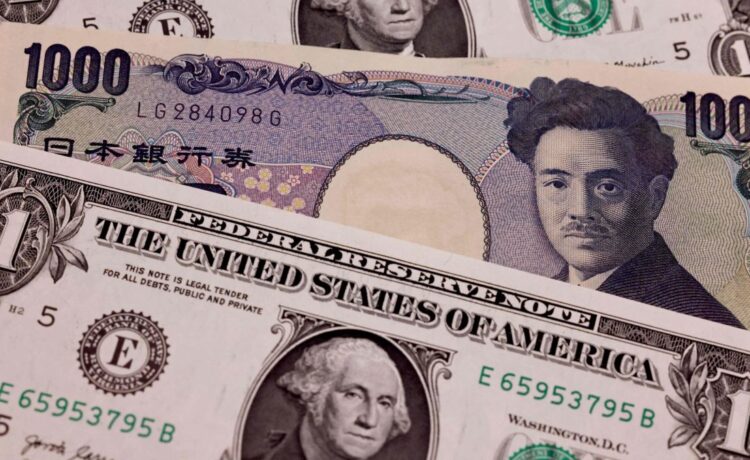Ever since the Federal Reserve started raising interest rates to beat back inflation, the U.S. dollar has been on something of a tear. So much so that last summer, some big corporations complained that the greenback’s strength was eating into their overseas profits. More recently, there have been signs that the dollar’s strength is moderating.
But currency markets can be volatile, and the dollar spent the month of August surging against Asian currencies in particular; Bloomberg’s Asia Dollar Index just fell to its lowest in 10 months. The Chinese yuan fell to its lowest since 2007. All of that prompted strong words from authorities in Japan and China — both countries said they’d take steps to stem their currencies’ slide.
If you’re outside the U.S., there is basically one upside to a strong dollar: U.S. consumers and companies have money that goes farther, so they can buy more of what you’re selling, noted Gian Maria Milesi-Ferretti of the Brookings Institution.
“In dollar terms, your cost of production is going down, and hence you can — if you want — sell more, given that you are more competitive,” he said.
Beyond that, a strong dollar is mostly downside. Start with the fact that many governments and companies borrow in U.S. dollars.
“The value of the debt in terms of their domestic currencies has gone up, the debt servicing costs have gone up,” said Eswar Prasad, a professor of economics at Cornell University. “And usually, when the dollar strengthens, it makes it much harder to get new loans in dollar terms.”
Also, a stronger dollar makes it harder for countries to keep investments local. Rising interest rates have made parking money in the United States particularly attractive.
“You could borrow money at nearly 0% in Japan and invest it in either short-term CDs or buy treasury bills and earn a significant, positive yield,” noted Vassili Serebriakov, a foreign exchange strategist at UBS.
There are a couple of tools central banks can use to keep their currencies from depreciating against the dollar.
For one, they can raise their own interest rates, even if their own economies aren’t running so hot. Brookings’ Milesi-Ferretti said that this is known as “defending the currency.”
“It is not a defense that is cost-free,” he said, “because higher interest rates will take a toll on the domestic economy, as they do in the U.S.”
Another tool is what’s called direct intervention in foreign exchange markets. Countries save up reserves of dollars precisely for this reason, said Cornell’s Prasad. “Rainy day funds — those are exactly what those are.”
So when the sky’s getting cloudy, a central bank can sell U.S. dollars, buy more of its own currency and hopefully keep it from falling too far.
There’s a lot happening in the world. Through it all, Marketplace is here for you.
You rely on Marketplace to break down the world’s events and tell you how it affects you in a fact-based, approachable way. We rely on your financial support to keep making that possible.
Your donation today powers the independent journalism that you rely on. For just $5/month, you can help sustain Marketplace so we can keep reporting on the things that matter to you.















